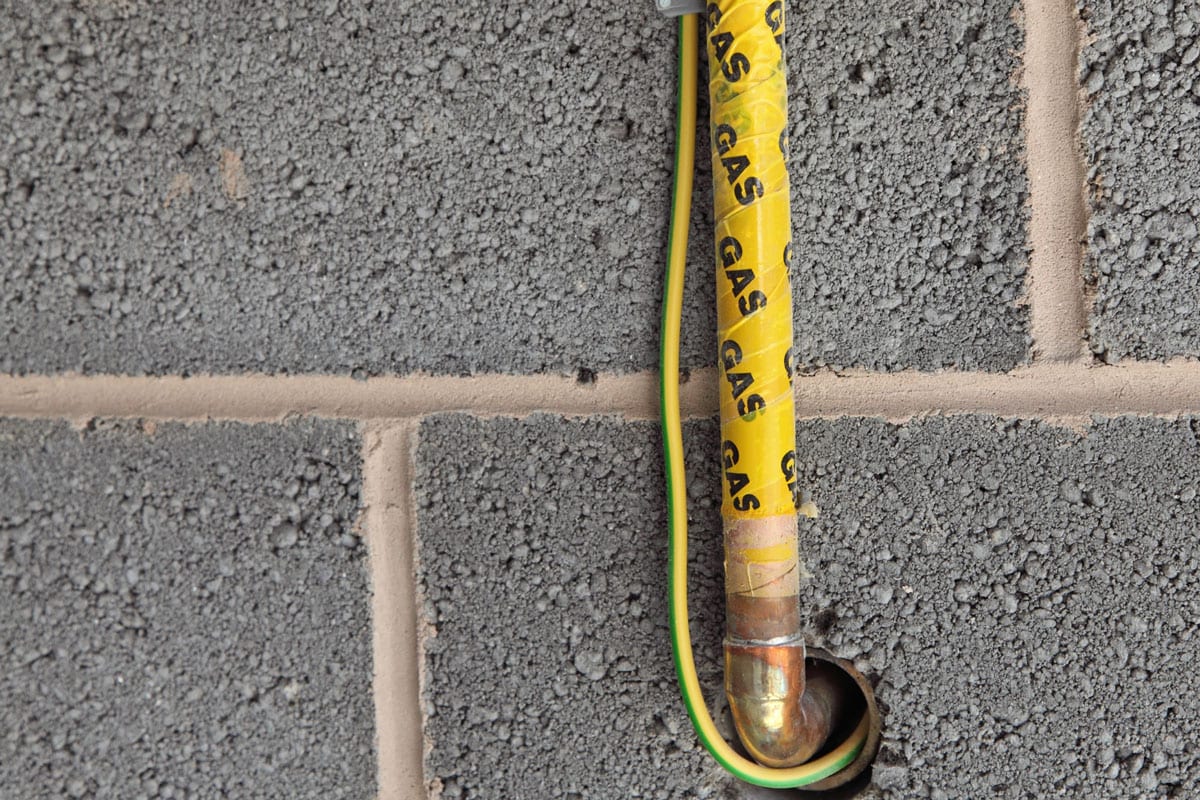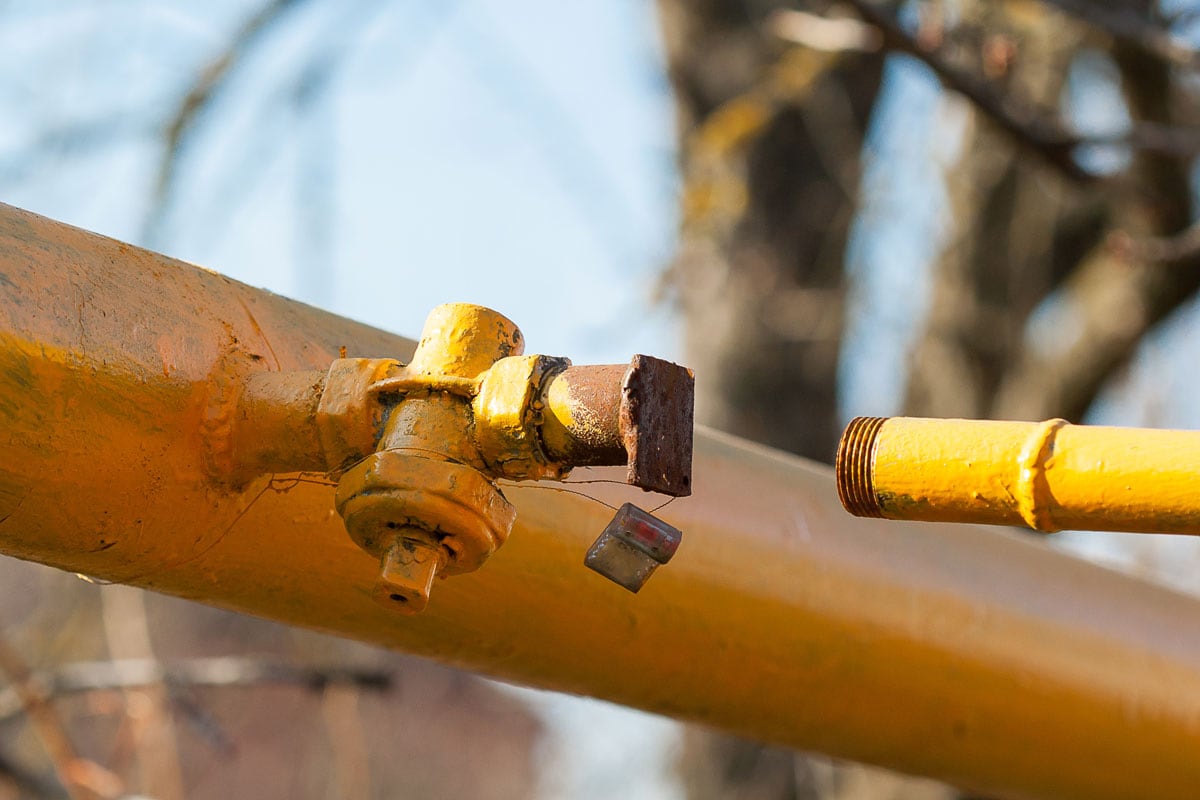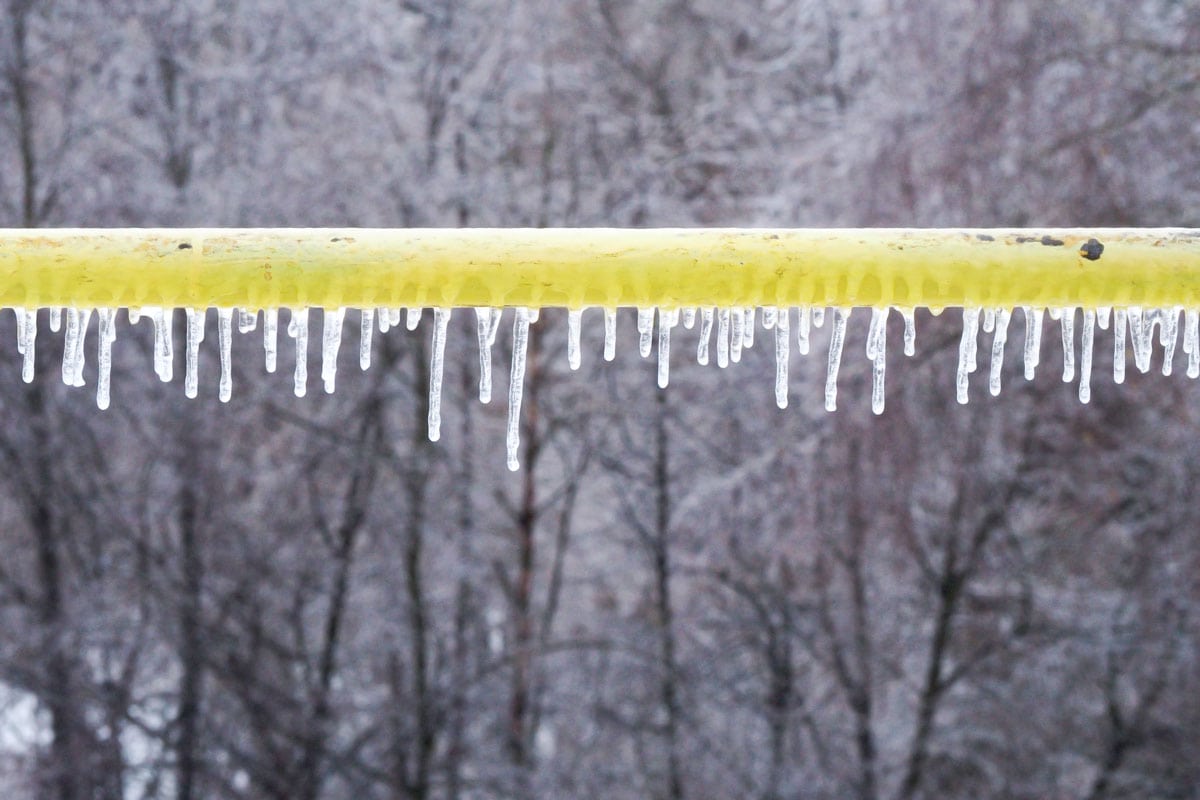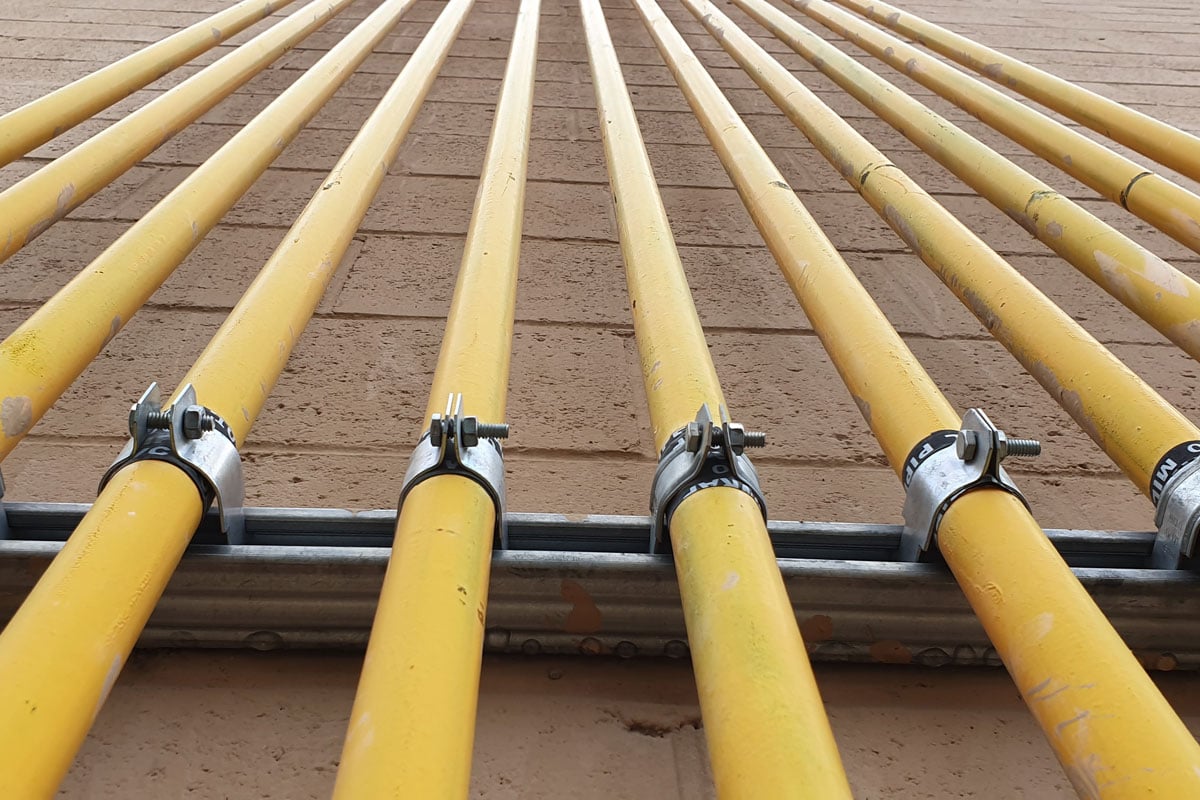The cold weather might make you consider insulating your pipes to conserve energy and avoid freezing, especially when the chilly winter begins. But should you insulate gas pipes? We investigated the topic, and this is what we learned.
You do not need to insulate gas pipes. These pipes are made from galvanized material that can withstand extreme weather conditions. In addition, the natural gas piped through these gas pipes freezes at -297 °F. Temperatures on Earth barely reach this extreme.
It is essential to know which pipes you should insulate to avoid wasting resources on lines that are better off left uninsulated. Keep reading as we will explore this topic. We will also discuss ways to seal the gap around gas pipes and how you can keep the gas pipes from freezing.

Which Pipes Need To Be Insulated?
Your home's plumbing network constitutes different pipes that serve different roles. These pipes require individualized maintenance to gain the most from the services they offer to your home.
Part of pipe maintenance includes insulating them. This section will focus on some types of pipes in the home and whether you should wrap them.

Gas Pipes
Gas piping supplies natural gas, one of the most affordable forms of energy available, from the gas plant to your home. This natural gas can power appliances such as furnaces, cookers, dryers, and fireplaces. Thus, your equipment can remain in operation during a power blackout.
Gas pipes are typically made of a heavy galvanized material. For this reason, the conduits hold up well in severe weather conditions since they do not expand or contract significantly as the weather conditions change. Therefore, you do not need to insulate the gas pipes.
It is also unnecessary to insulate gas pipes since natural gas is too dry to raise concerns about freezing. In addition, natural gas can only freeze when the temperatures fall below -297°F, which is practically impossible even in the coldest winter. Natural gas can only freeze if it contains moisture.
Hot Water Pipes

You can insulate hot water pipes to minimize heat loss, thus enabling you to lower the hot water's temperature setting. Reduced heat loss contributes toward energy conservation which helps create a sustainable planet and produces a higher quality of life by cutting back on the carbon emissions.
Insulated hot water pipes deliver water that is 2°F–4°F higher than that transported by uninsulated lines. Moreover, it will take a shorter time for hot water to come from your faucets. Therefore, the costs incurred to heat water in the home will reduce, and you will also save water.
Delve in to learn more: "What's The Best Insulation For Copper Hot Water Pipes?"
Cold Water Pipes
Insulating cold-water pipes eliminates the chances of freezing and bursting when the lines are exposed to freezing air during winter. However, if these pipes burst, they can cause extensive damage to your home, depending on where they burst and how long it takes to identify the problem.
Water begins to freeze when temperatures fall below 32℉. But the pipes in your home typically start to freeze when the outdoor temperatures drop below 20℉.
As ice forms, it expands. Also, the cold water causes water pipes to contract. Pressure builds up inside the lines due to the ice expansion and pipe contraction. Eventually, the pipes burst at the weak points when the pipes can no longer withstand the water pressure inside them.
Insulating cold-water pipes also protects the lines from sweating due to condensation. Generally, condensation happens when moist air contacts the cold water pipes, forming water droplets. You typically observe this in the summer when the relative humidity in the air is higher than usual.
Condensation on the pipes can cause excessive dampness, especially in enclosed spaces like basements or crawlspaces. When these droplets accumulate, they can drip and form puddles which can cause water damage. In addition, the damp environment creates a favorable breeding ground for mold and mildew.
You can discover more by reading this article: "At What Temperature Do Pipes Freeze?"
How Do You Seal The Gap Around Gas Pipes?

Sometimes a small gap is left around the gas line's perimeter at the point where it enters your home or a manufactured firebox area of the fireplace.
It would be best to seal this gap to keep unwanted animals, such as rodents, out of your home and keep the conditioned air in the house.
Also, sealing around the fireplace is a necessary safety measure that keeps the fire by-products in the firebox. This way, you can keep the fire inside the firebox rather than around it. If the hot embers pass through the gap, they could end up causing the wooden firebox frame to catch fire.
The gap size will help you choose a suitable sealant. But it is advisable to select a high-temperature filling for the fireplace to ascertain that it can withstand the high temperatures in the fireplace.
Caulking
You can use silicone caulk to seal the gap around a gas pipe that enters the fireplace. Silicone is a superior sealant choice since it can withstand extreme temperature fluctuations. In addition, it is flame and heat-resistant.
Silicone is also ideal for sealing other gas pipe entry points around the home due to its durability and water resistance. Its properties also enable it to form an airtight seal. This filling is ideal for gaps with a perimeter that measures at most 1/2-inch.
Before starting the project, clean your gas pipes to remove grime and dirt. Ensure that you eliminate old layers of the sealant as well. Dirt and old caulking can minimize the effectiveness of the new coating applied. Use soapy water and a cleaning pad for a thorough job.
Once you finish cleaning, remember to dry the pipe thoroughly. If moisture gets trapped between the conduit and the new silicone layer, it can form a suitable breeding ground for mold.
Use a caulk gun for better precision when caulking around the pipe. First, spread an even layer of the silicone caulk around the pipe's perimeter. You can then level the sealant using your fingertips. Applying a bit of pressure on the silicone can also aid it in sticking correctly to the pipe. Finally, remove the excess silicone with a wet rag.
This set contains all-purpose silicone caulk and a caulk gun. See it on Amazon.
Aerosol Foam Sealant
Aerosol foam sealant is suitable when the gap's perimeter is more than 1/2-inch. You can use expanding foam or non-expanding foam to fill the hole. But do not use spray foam around the gas piping entry point to the fireplace since it is not suited to come into contact with direct flames.
Wear protective clothing such as goggles, gloves, and a respirator. In addition, ensure that the area where you are working has proper ventilation.
Clean and dry the pipe before layering the gap around the line with the sealant. You can then leave it to dry. Once dry, trim off the excess filling using a sharp utility knife.
How To Keep Gas Pipes From Freezing

Although we have mentioned that it is improbable for natural gas to freeze even in the coldest winter, gas pipes are still vulnerable to freezing if they are exposed to wet conditions around them.
Glycol Dehydration
Glycol dehydration ensures that the gas cannot attain its water vapor dew point at the pipeline's lowest temperature or highest pressure. Therefore, dehydration makes sure that only the driest gas leaves the gas plant, minimizing any possibility of the gas pipes freezing.
Injecting Methanol
Gas plants can inject methanol into the gas stream to lower the freezing point of the gas. So, even if the gas contains impurities that would otherwise lead to its freezing, the lower freezing point will protect the gas pipes from freezing.
Use Heat
You can also use heat at specific points to keep the gas pipes from freezing. However, heating is not ideal since it can create a possible ignition point for the gas. Furthermore, it is also very costly and relatively inefficient as the gas travels further down away from the heat source.
Appropriate Piping Configuration
Inspect for any faulty water pipes dripping cold water on your gas lines. Also, ensure that your home's piping network does not encourage moisture accumulation at any point.
Let drains slope towards low points and minimize barriers along the drainage line. Use large diameter pipes for feed lines and tilt the tubing runs towards the pipelines to mitigate leaks.
Wrapping Up

While you do not need to insulate gas pipes, these pipes will require professional maintenance from time to time. Only experts should clean the gas pipes to avoid catastrophic accidents. Also, notify the professionals promptly if you suspect a gas leak in your home.
You can use silicone sealant or aerosol foam sealant to fill gaps around your gas pipes. The filling creates a barrier that deters rodents from entering your home and keeps conditioned air inside the house. Exercise caution when handling the foam sealant since it is highly flammable and its fumes can be poisonous.

